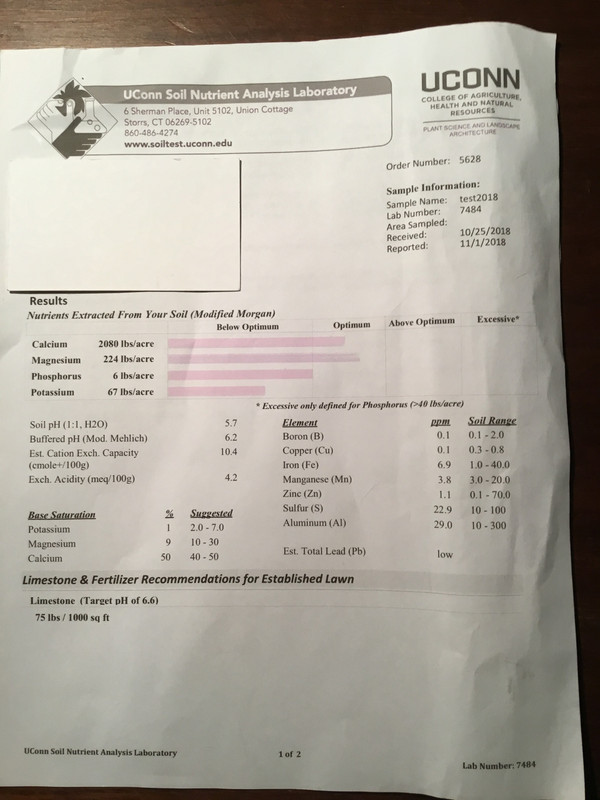Delmarva Keith said:
Suburban Jungle Life said:
@craigdt With a cec of 12 and 3% organic matter, that isn't clay soil. Clay starts in the 20's without any organic matter.
Do you have a source for this proposition? I'm asking because typical around me is CEC of roughly 10 and it's clay. Granted a lot of sand but definitely clay as a very high percentage and it behaves as clay in terms of the issue of frequently becomming an impermeable (and rock-like) substance, with surface cracking when dry, etc. I think there must be different types of clay with different CEC.
https://en.m.wikipedia.org/wiki/Clay
https://www.dpi.nsw.gov.au/agriculture/soils/structure/cec
http://nmsp.cals.cornell.edu/publications/factsheets/factsheet22.pdf
http://www.soilquality.org.au/factsheets/cation-exchange-capacity
,
http://nmsp.cals.cornell.edu/publications/factsheets/factsheet22.pdf
Sandy soils low in organic matter have a very
low CEC (less than 3 cmolc/kg) while heavier
clay soils or soils high in organic matter
generally have a much higher CEC (greater
than 20 cmolc/kg).
https://www.extension.purdue.edu/extmedia/ay/ay-238.html
CEC in
Soil groups Examples meg/100g
-----------------------------------------------
Light colored sands Plainfield 3-5
Bloomfield
Dark colored sands Maumee 10-20
Gilford
Light colored loams and Clermont-Miami 10-20
silt loams Miami
Dark colored loams and Sidell 15-25
silt loams Gennesee
Dark colored silty clay Pewamo 30-40
loams and silty clays Hoytville
Organic soils Carlisle muck 50-100
http://extension.uga.edu/publications/detail.html?number=C1040&title=Cation%20Exchange%20Capacity%20and%20Base%20Saturation
Soil Texture
Sand 1-5
Fine Sandy Loam 5-10
Loam 5-15
Clay Loam 15-30
Clay >30
https://www.agvise.com/educational-articles/estimating-soil-texture-by-cec/
Estimated Texture CEC
Sands (Coarse) 0 to 10
Coarse Loams (Medium) 11 to 20
Fine Loams (Medium) 20 to 30
Clays/Clay Loams (Fine) 31+
Peat/Muck if OM >20%
I'm not saying you don't have any clay at all in your soil. A mix is good to have and that includes clay. Most, probably have a loam or silt loam soil which includes clay. What I don't agree with is the common saying, "I have clay soil" and unless it has a high clay content, I don't agree with that statement. Some clay is a good thing but it isn't a majority of the soil. Sure, there are exceptions such as high amounts of kaolinite which occurs in some parts of GA and PA. Maybe the clay structure got damaged somehow. Though, I feel these are the exceptions, not the norm. Maybe you are an exception. I would be curious, if you feel inclined, to do a soil structure test. A simple jar test would be interesting.







